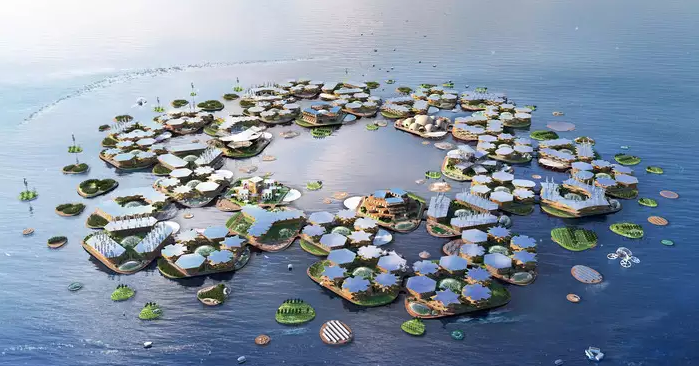R10 is a quadrotor/micro air vehicle, radically designed from the ground up to be extremely easy to build, modify, and fly.
Affordable Micro Air Vehicles (MAVs) will revolutionize activities and tasks ranging from sports photography to infrastructure inspection to academic research. For years, technologists have been promising that this revolution is just around the corner, yet our expectations haven’t been met. The UAir team set out to deliver on these expectations with the R10 Quadrotor, a product that we think makes aerial vehicles truly accessible.
Micro Air Vehicles (MAVs) are an extremely important modern technology, with many groups considering using MAVs for various applications.
- Researchers and Educational Institutions (from secondary to postgraduate studies) no longer have to struggle finding platforms within their academic budget which are capable of performing their airborne experiments in an extremely wide range of fields from real time complex PID optimization algorithms to air quality sampling.
- Search and rescue operators and first responders no longer have to operate blind in dangerous environments or rely on expensive alternatives like helicopters for real time aerial intelligence.
- Journalists and photographers no longer cover difficult or dangerous events, are unable to perform without putting their crew in harm’s way, have to rely on bulky and extremely expensive equipment, or simply can’t gain full access to the story.
- Surveyors, conservationists, and farmers no longer cover large areas on foot or in ground vehicles, or deal with the high cost of manned aircraft or expensive UAVs.
- Engineers are no longer forced to prematurely shut down expensive and dangerous oil and gas facilities, railroads, and other types of infrastructure to perform inspections.
Until now, in all of these applications, the cost and complexity of operating MAVs have presented barriers to widespread adoption – often the financial outlay for a single MAV ranges from a thousand to tens of thousands of dollars, and operators invest significant time in pilot training. As a result, many industries that could benefit from ubiquitous micro air vehicles have been unwilling or unable to invest and recoup the many benefits.
From the early days of design and prototyping to it’s current form, we built R10 to be a development platform, a workhorse if you will, to explore the incredible potential for MAVs and robotics. By bringing down the cost for a powerful and customizable aerial platform the future is full of exciting opportunities. We think R10 will be a useful tool for researchers, enthusiasts, and the development community to offer new applications and work alongside us to build the future. We’re using the R10 as a platform for future aerial utility vehicles.
Check out their website, http://www.uair.co/






